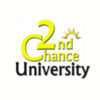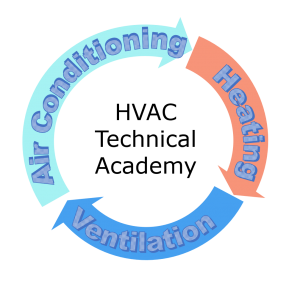Ron Davis reached out earlier this week with questions about resume length and proper use of fonts. As the topic of length is a common concern, let’s take a look at Ron’s question and our professional advice.
“I’ve read up on a lot of tips and tricks for creating resumes.
It’s led to some good information, but I’ve received a bag full of mixed
advice that is causing only confusion. I don’t want to screw up so can
you tell me how many pages my resume should be and what size font I
should use?”
Though
at first glance, the answer to the page question is straight forward
and simple. Overall, for a good 90% of job seekers out there, a one-page
resume is not only all you need but going more than one page could do
more harm than good.
Have you ever heard the cliché: Less is more? When it comes to resume length, this may be the chosen path you should take.
Feeling like a one-pager is selling you short? Feel again, but this time consider the person reading your resume and cover letter. Does he or she have time to go in-depth and read hundreds of resumes that are one page? Add another page to the mix and most readers will find boredom taking over quickly… not a good thing for you.
Catch a clue: To your advantage, many people add a ton of non-relevant fluff, thinking more pages mean a better match… another bad move.
Creating a resume several pages long in an attempt to ‘wow’ employers more often than not backfires. While these people may have good intentions, their overachieving is actually not doing them any good at all. Employers, human resources, hiring managers–whatever you want to call them–are very busy people; hand them a several page long resume and you’ve already got a strike against you. Granted, it’s hard to limit your resume to one page, but that’s exactly the point.
It is generally accepted that entry-level candidates as well as recent graduates should always use a one-pager. For senior executives, those in the medical and/or educational field, two pagers (oftentimes even more than two pages, depending upon many factors) are required. The key to career success and resume length is to make sure you include only relevant information… all backed by support.
For most, limiting your resume to one page accomplishes two impressive feats:
1) You’ve selected only the most important AND relevant
aspects of yourself to show the employer, which will help them see and
remember the best of what you have to offer.
2) You’ve demonstrated the ability to be concise and to-the-point; a
trait that is always desirable no matter what the situation is.
Remember, to place yourself in the employer’s shoes and deliver YOUR strengths based upon the job position, industry expectations, and company research.
Catch a clue: Taking advantage of keywords and phrases (speaking the right language) from the posting and research places YOU at an advantage.
Final fact of the day, hiring managers spend between 6 seconds and 15 seconds to filter OUT resumes that don’t hit the target. As a result, you must hit the target quickly and make your shots count, especially in the top half of the resume.
As far as fonts are concerned, it is recommended that you stick to the basics. Arial, Times New Roman, and Calibri are three major accepted fonts. Font size should be anywhere between 10-12, whereas your header may be 2 font sizes larger (not smaller) than the remaining text.
If you would like our career experts to address specific questions or issues related to your career development and success, reach out by using the comment box.
Report this ad
For those interested in cutting-edge career books to guide you along your journey, visit www.edu-cs.com or go to Amazon and search Danny at ECS for a listing of available material.
Written by Brandon Hayhurst
Education Career Services, Your Career Document Headquarters


 Contact us at (407) 878-0474
Contact us at (407) 878-0474